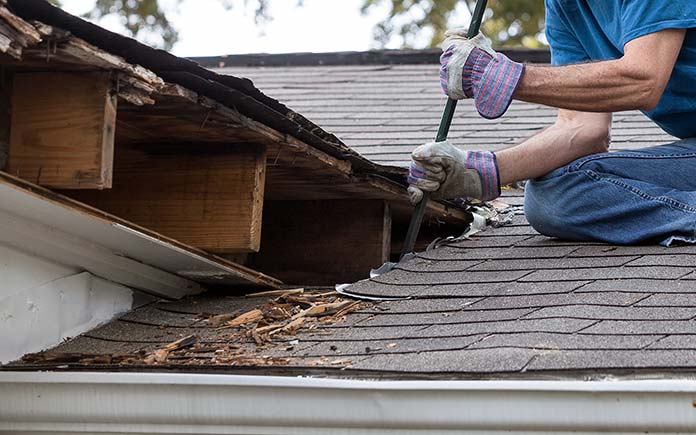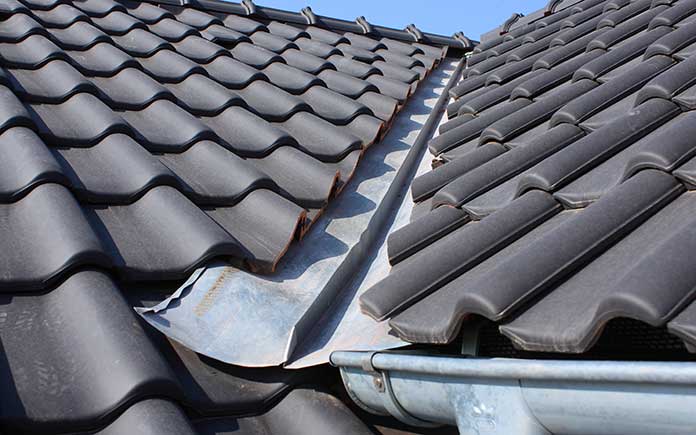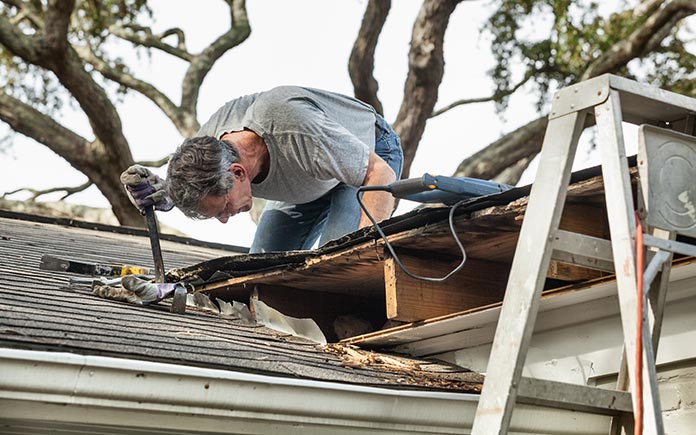
Even a small roof leak can lead to water damage and rapid mold growth in your attic — both of which are costly issues. Maintaining your roof and conducting a regular mold inspection is vital to catching damage early and preventing big issues later.
The question is, do you know where to look for leaks? If you’re like most homeowners, you probably don’t, so here are six places where your roof can leak.

1. Old or Damaged Roof Valleys
A roof valley is where two planes of a roof meet, creating a seam of sorts in the roofing material. Roof valleys can be prone to leaks if the roofer doesn’t properly install and safeguard them.
You can spot roof valley damage by watching for discoloration, such as dark shingles or rust. During the mold inspection, it’s also a good idea to look up in the attic — specifically where your roof peaks.

2. Leak from the Attic
An attic leak isn’t necessarily from your roof at all. While there may be damage somewhere on your roof allowing water into the attic, there could also be a ventilation issue.
If your roof is poorly insulated or has insufficient ventilation, temperature shifts can lead to condensation build-up — and you’d be surprised how much water condensate can create.
When you conduct your mold inspection, always check your attic as well. If there’s a humidity issue, make sure you have enough airflow and insulation. If that’s not the issue, consider purchasing an attic dehumidifier.

3. Rotting Roof Decking
Roof decking is the support material of your roof. It sits directly above the trusses and joists and forms a surface or “deck” for the rest of your roof. It is a structurally integral part of your roof and, unfortunately, it can rot.
Roof deck rot is usually the result of damaged shingles, nail holes, ice dams, or poor gutter maintenance. A rotting roof deck can’t be repaired and must be replaced — and quickly.
Sagging spots are a tell-tale sign of roof decking rot. During the mold inspection, watch for an uneven roofline.



